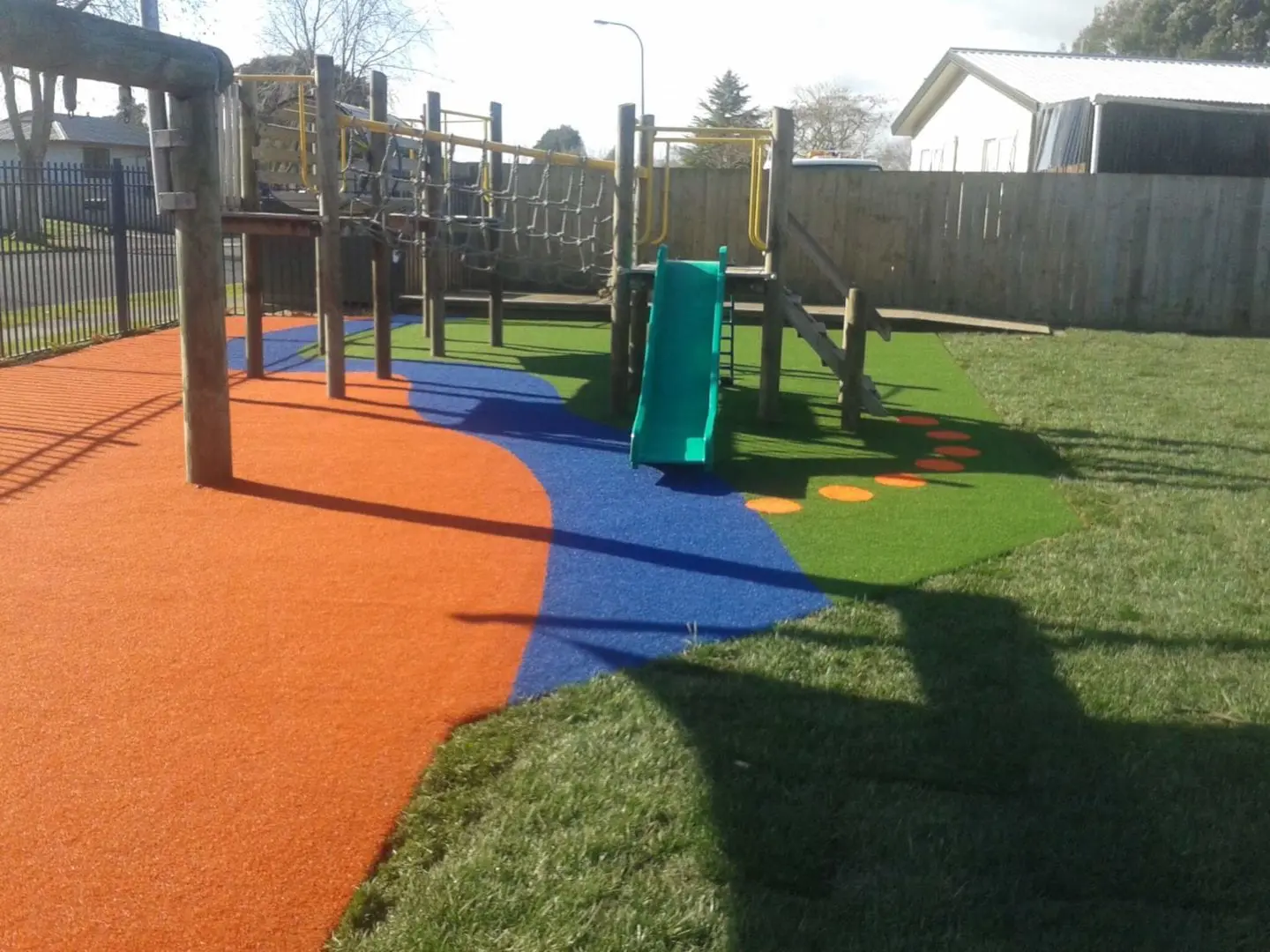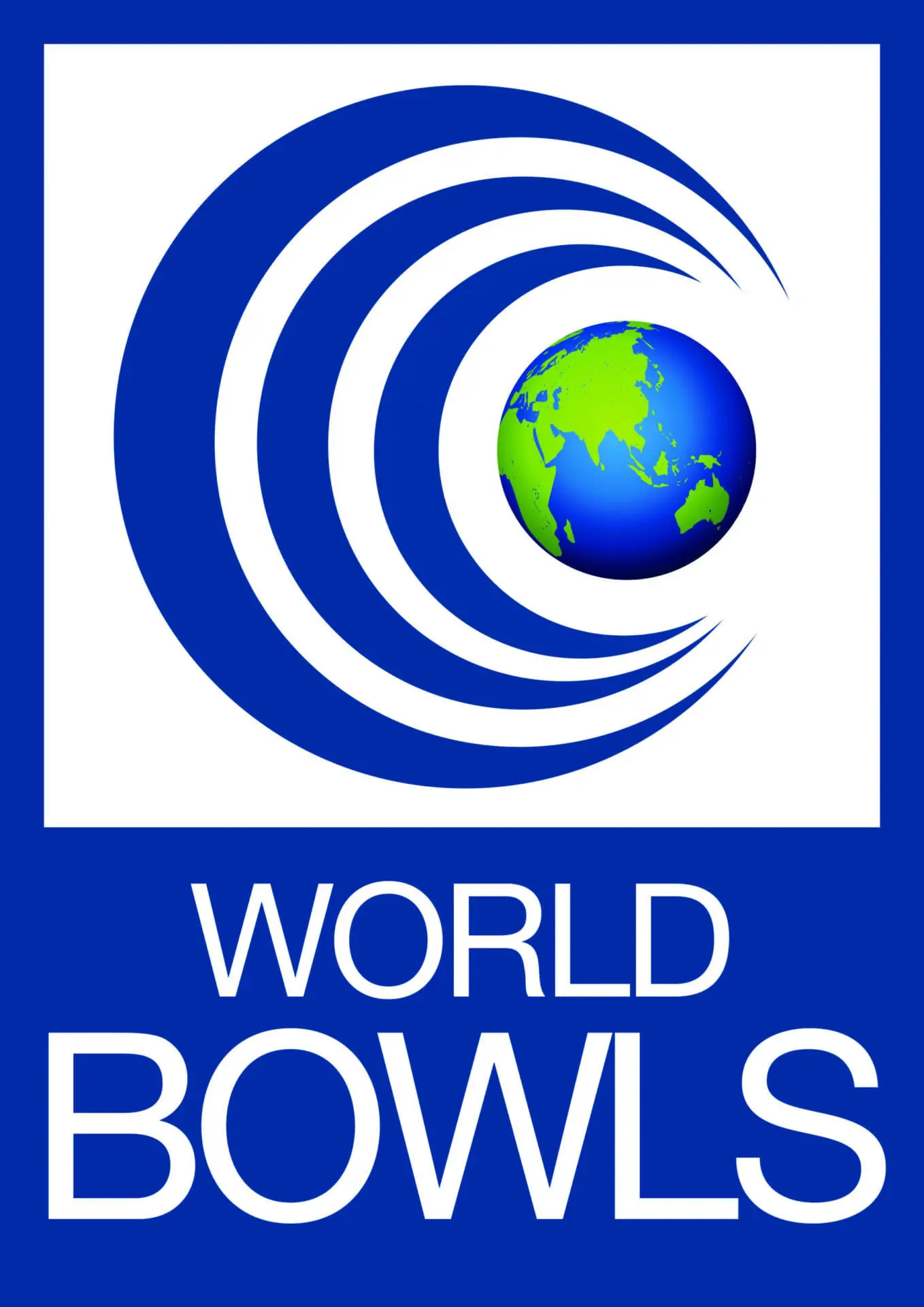
Making a decision between artificial and real grass for your ECE centre?
Outdoor play is essential for children’s learning and development. Therefore, investing in a practical solution for your outdoor play areas results in happier kids, with a diversity of options that encourage them to get outside.
In this article, we’ll explore the option of artificial grass for early childhood centres, including:
The Ministry of Education and most teaching philosophies express that natural is best. However, we believe there is a middle ground, creating a space that’s not only beneficial but practical in use and maintenance.
Three major pros of artificial grass are:
Read more: Artificial Grass Vs Natural Lawn [Pros and Cons]
Safety is the number one priority when constructing your outdoor play area. This means complying with the NZ Standard for Playground Equipment and Surfacing.
The standards are outlined in our blog, Playground Safety Regulations and TigerTurf. They are quite specific and include (but not limited to) such things as:
Understanding these requirements, and the fall height specifications of the surfaces underneath the play equipment – whether it be synthetic turf, bark, rubber matting or poured rubber surfaces – is important to ensure they comply with these rigorous standards.

Creating an outdoor space that is inviting, engaging and safe for children to enjoy helps their development. However, limiting their experience of nature to grass alone in your centre’s outdoor area isn’t necessary.
Aid child development with outdoor play
According to Jan Beatson’s latest He Kapu article, there are many benefits of outdoor play, including opportunities for wondering, questioning, inquiry, discussion, group and one-to-one interactions.
Beatson shares that outdoor environments provide a great opportunity for play and learning, and provide context for language development.
As children engage with the environment around them, they are able to be curious, explore, and use their imaginations. Therefore providing this space for children should be a huge priority for ECE centres.
There are more options beyond grass
Although artificial grass isn’t the natural option, there are many other ways of incorporating nature without real grass. These options include:
Make your ECE outdoor play spaces engaging with a combination of the options above and invite children to join in with the cultivation of their outdoor space.
Ensure the protection of the children enjoying the equipment and mitigate the risk for your early learning centre with TigerTurf’s multi-play surfaces.
Our artificial grass surfaces are engineered to meet the relevant fall impact criteria for different activities and have been tested as fully compliant for absorbing impact up to 3 metres.
TigerTurf also has Business Development Managers for Early Childhood Centres that are certified by The Register of Play Inspectors International (RPII) to review the safety of a playground.
Trained to provide more than just a soft fall surface, TigerTurf’s BDMs can provide advice and recommendations on fall heights and shock pad requirements, identify different playground hazards with surfaces and equipment, and help ensure your playground is safe, fun and compliant.
Want our help creating an engaging, safe and fun outdoor area for your ECE centre? Give our friendly team a call.





